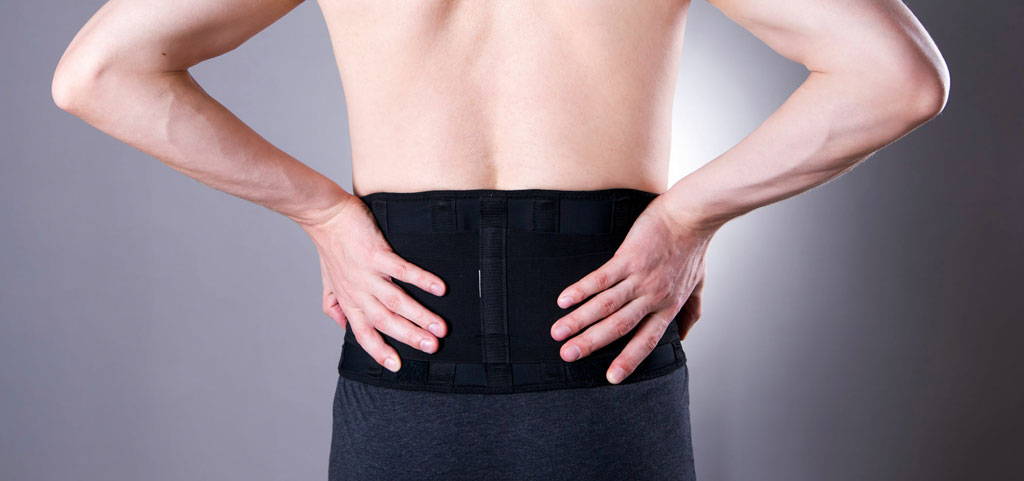
DECEMBER 29, 2023 | 3 Mins Read
TABLE OF CONTENTS
Running has been a staple of human culture for centuries. It's not only an excellent form of exercise but it can also help you stay healthy by maintaining your weight and boosting energy levels! But did you know that running regularly could cause problems with the back?
Yes, that's right! Running can put a lot of strain on the back, which can lead to pain and discomfort. But don't worry, in this blog, we'll be discussing whether or not a back brace can help alleviate this pain. So, let's get started!

Before we get into whether or not a back brace can help, it's important to understand what the most common running-related injuries are. This way, you can be on the lookout for any warning signs and take steps to prevent them!
A back brace is a device designed to provide support and stabilization to the spine and the muscles surrounding it. Typically, these braces are made from a combination of materials like elastic, metal, plastic, or foam. They come in various designs, each targeting specific areas of the back, such as the lower lumbar region or the entire spine. The primary function of a back brace is to restrict the movement of the spine, which helps in reducing pain and discomfort caused by various conditions like herniated discs, sciatica, or general back strain. They do this by compressing the abdomen, which in turn unloads pressure from the spine, providing relief and improving posture.
Back braces are often adjustable, allowing users to tighten or loosen them for a comfortable and effective fit. Some are slim and discreet enough to wear under clothing, while others are bulkier, designed for more significant spinal support. They can be used for a range of purposes, from aiding in recovery after back surgery or injury to providing support during activities that strain the back, including lifting heavy objects or, in some cases, sports like running.

Now that we've gone over what a back brace is and how it can help, you're probably wondering: do back braces for runners really help?
It actually depends on individual's preference. Many people find that wearing back brace during marathon, half marathon and even during regular training sessions can be beneficial in providing support and reducing pain. While there are others who feel that it doesn't make a significant difference.
Choosing the right back brace for running involves careful consideration of several key factors to ensure it provides the necessary support without hindering your performance. Here's a detailed guide on what to look for in each category:
Opt for braces that come with flexible support straps or boning to target specific areas of the back. This can be especially helpful if you have a particular area that needs more support than others, such as the lumbar region.
Determine which part of your back needs support. Lower back pain, which is common among runners, requires a lumbar brace that focuses on the lower back region. If your concern is more about overall posture or upper back issues, a full-back brace might be more appropriate. Some braces also offer additional features like straps or padding that target specific areas for pain relief or support.
Back braces for runners can be beneficial in providing support, reducing pain, and improving posture. Running involves rotation of the spine, which can put strain on the lower back. A back brace can help stabilize the spine and provide added support to prevent injury or discomfort. However, it is essential to choose the right size and type of brace for your specific needs and consult with a medical professional before use. Additionally, working on strengthening core muscles should be prioritized for long-term relief from back pain or
Author

Claire Evans worked as the content marketing manager at Koprez. Claire combined a background of writing and editing, marketing, and patient education to best serve consumers, fitness enthusiasts, athletes, and anyone who relies on the Koprez brand for helpful information.
Koprez® Featured Products